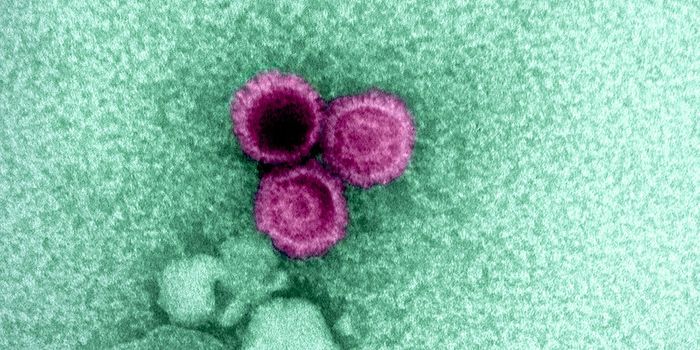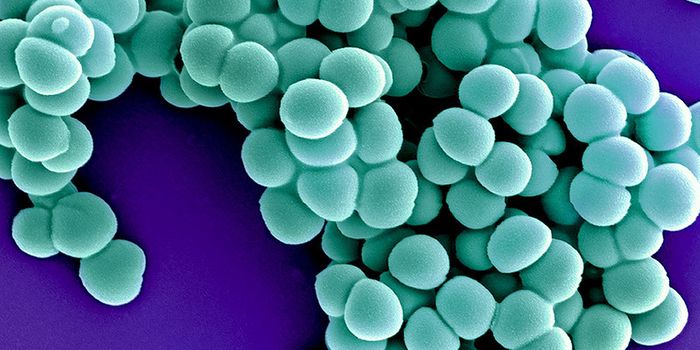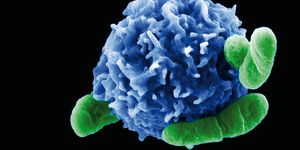Albufera Lake in Valencia, Spain is a lagoon that set the stage for a recent study analyzing the ability of moths to tolerate toxins. Scientists found that microbes in insects’ gastrointestinal tracts enabled them to feed on plants that contain chemicals that are normally toxic. This research could have applications in the neutralization and disposal of contaminated waste.
Plants use chemicals as a way to defend against insect attack. These alkaloids can be repellent or toxic to herbivores, and some have been shown to have antimicrobial effects as well.
The researchers note that this is one of the few studies of the complex relationships of plants and insects and the metabolites and microbes that play roles in the interaction, especially that of butterflies and moths. The limited amount of previous studies have focused primarily on species that are considered pests of agriculture or forests.
Investigatorss at the Universitat de València's Cavanilles Institute have
published work in Frontiers in Microbiology analyzing the gut microbial community present in two moths, Brithys crini and Hyles euphorbiae that feed exclusively on alkaloid-rich Pancratium maritimum and latex-rich Euphorbia sp., respectively. It was found that yhese insects are able to consume those chemicals because of the microbes in their guts; those bacteria are capable of degrading the poisonous compounds.
The study has revealed the mechanism the microbes use to digest the chemicals as well. The bacteria form a biofilm that causes the crystallization of the deadly compounds or just simply degrades them.
Another finding reveals that the E. casseliflavus bacterium, common to the digestive tract of many insects, is critical to disposing of toxic latex present in the digestive tract of H. euphorbiae moths. E. casseliflavus is normally considered to be a generalist bacteria, one that can utilize a variety of resources and as such, thrive in challenging environments. Specialists, by contrast, have a stricter set of survival needs.
First author of the work, Cristina Vilanova, explained "this work characterizes and reveals a new relationship between an apparently generalist bacteria and a specialist insect. The microbiota analyzed in this study, especially E. casseliflavus, may prove fundamental to understanding the ecology of these specialist insects, as well as being of use in the biotechnology industry. Microorganisms and enzymes that can neutralize alkaloids and latex molecules might find applications in bioremediation, for instance."
Latex- and alkaloid-based compounds are commonly found in nature but are toxic. Latex based compounds are a typical component of common products. Alkaloids are important ingredients in drugs such as codeine and morphine. These findings could aid in the removal and disposal of these chemicals.
Sources:
Science Daily via
Asociación RUVID,
Frontiers in Microbiology









